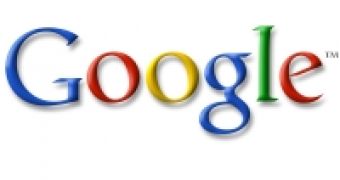There's been a lot of talk about the economy picking up, or at least bottoming out, but few have been willing to “put their money where their mouth is” as the saying goes. Google CEO Eric Schmidt was one of the most optimistic voices out there and has been predicting a resurgence for some months and now he's finally ready to back up that talk with some real spending. The CEO told Reuters that Google's acquisitions program was going to get resurrected after becoming dormant for a rather extended period of time.
Google's only recent acquisitions were of video company On2 earlier this summer and the fresh deal with reCaptcha. Other than those, the company, which historically has been very eager to buy up small enterprises, has stayed quiet while weathering the economic storm. But now that the clouds are clearing up, Schmidt says the company will return to its usual schedule of about one acquisition every month or so.
"Acquisitions are turned on again at Google and we are doing our normal maneuvers, which is small companies," Schmidt said in an interview. "My estimate would be one-a-month acquisitions and these are largely in lieu of hiring," he added. "There may be larger acquisitions, but they really are unpredictable."
The acquisition of On2 for $106.5 million this August ended an 11-month dry spell on the acquisition front thought that particular deal hasn't been without its share of controversy, with some shareholders questioning some of the decisions made by the board of directors. On2 is the first public company bought by Google in its entire history.
Just last week the search giant made another important acquisition with the buy of spam filtering technology maker reCaptcha. While Google will use the company's “captcha” technology to improve its own systems, it is actually more interested in the hybrid optical character recognition (OCR) method it developed to use in the anti-spam system, which boasts a 99.1 percent accuracy, a huge bump over the 83.5 percent achieved using just OCR, by using the human input to augment the computer algorithm.

 14 DAY TRIAL //
14 DAY TRIAL //